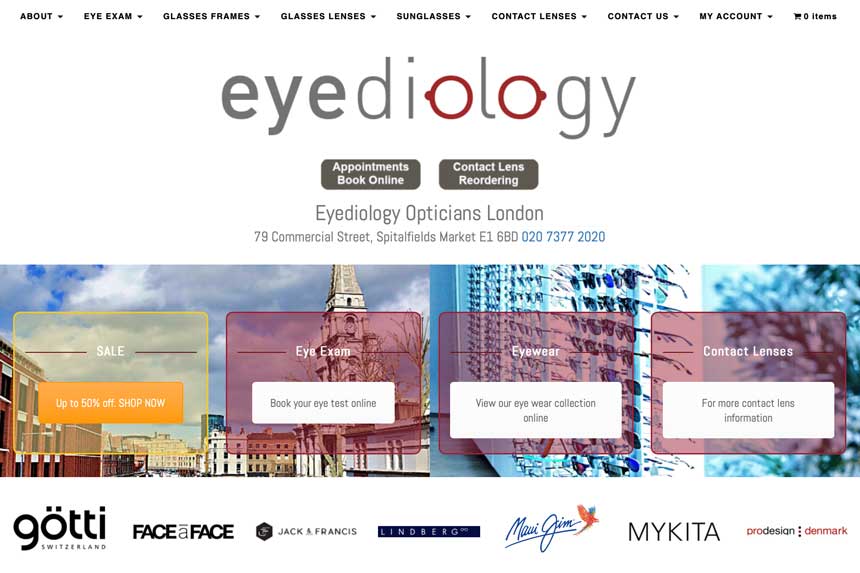
The European Accessibility Act (EAA) is set to come into full effect on 28th June 2025
The European Accessibility Act (EAA) is set to come into full effect on 28th June 2025, and if your website or video content touches anyone in the EU, you need to be prepared. This isn’t just a gentle nudge; it’s a legal requirement designed to ensure digital inclusion for everyone, especially the estimated 80 million people with disabilities in the EU.
So, what exactly does this mean for your digital presence, particularly your websites and videos?
Who’s Under the EAA’s Gaze?
First things first: does this apply to you? The EAA has a broad reach. If you’re a business (including UK businesses) that sells products or provides services to consumers within the EU, then yes, you’re in scope. This isn’t just for public sector bodies anymore; a wide range of private companies, from e-commerce sites and banking services to transport information and e-books, will be affected. The good news is that “micro-enterprises” (those with fewer than 10 employees and an annual turnover of less than €2 million) are generally exempt, but it’s always best to check the specifics for your situation.
By the way if you find the report hard to read, the site is designed to be mobile first so looks it’s best on mobile, but you can use the accessibility controls at the bottom right to double the font size and increase the line spacing, making these reports very readable on a pc.
Websites: Making Your Digital Shopfront Open to All
The core principle behind the EAA for websites, and indeed all digital content, is adherence to the “POUR” principles: Perceivable, Operable, Understandable, and Robust. These principles are closely aligned with the internationally recognised Web Content Accessibility Guidelines (WCAG).
For websites, the EAA generally mandates compliance with WCAG 2.1 at Level AA as a minimum. However, many experts suggest aiming for WCAG 2.2 Level AA for a more robust and future-proof approach.
Here’s what that typically means for your website:
Perceivable Content:
- Alternative Text (Alt Text): All non-text content, such as images, graphics, and product photos, must have descriptive alt text. This allows screen readers to convey the visual information to users who are blind or have low vision.
- Sufficient Contrast: Ensure there’s enough contrast between text and background colours so that content is easily readable for people with visual impairments.
- Resizable Text: Users should be able to adjust text size without breaking the layout or losing content.
- Adaptable Layouts: The website should adapt to different screen sizes and orientations.
Operable User Interfaces:
- Keyboard Navigation: Every single element and function on your website must be fully usable with just a keyboard (no mouse required!). This is crucial for users with motor impairments or those who rely on assistive technologies.
- Clear Focus Indicators: When navigating with a keyboard, there should be a clear visual indicator (like a highlight or outline) of which element is currently selected.
- Logical Tab Order: The order in which users can tab through interactive elements should be logical and intuitive.
- Avoid Auto-Playing Media: Videos or audio that start playing automatically can be disruptive and disorienting for some users. Offer user control over playback.
Understandable Information:
- Clear and Simple Language: Use plain language that’s easy to understand. Avoid jargon where possible.
- Consistent Navigation: Your website’s navigation should be consistent across all pages, making it easy for users to find their way around.
- Predictable Elements: Interactive elements like buttons and links should behave in a predictable manner.
- Helpful Error Messages: If a user makes an error (e.g., in a form), the error message should be clear, easy to understand, and provide guidance on how to correct it.
Robust Content:
- Compatibility with Assistive Technologies: Your website needs to be compatible with a wide range of assistive technologies, including screen readers, magnifiers, and voice control software.
- Valid HTML: Use well-structured and valid HTML code to ensure compatibility across different browsers and devices.
Videos: Making Your Visuals Accessible
Video content is increasingly popular, and the EAA has specific requirements to ensure it’s accessible to everyone:
- Captions and Subtitles: All audiovisual content, whether live or pre-recorded, must include accurate, synchronised, and clearly legible captions or subtitles. This is vital for individuals who are deaf or hard of hearing, and also benefits those watching in noisy environments or non-native speakers.
- Audio Description: For video content that conveys visual information crucial to understanding the narrative (e.g., actions, characters’ expressions, on-screen text), audio descriptions are required. This provides spoken narration of these visual elements for users who are blind or have low vision.
- Transcripts: Providing a full text transcript of your video content can be incredibly helpful, allowing users to read the information at their own pace or translate it.
- Sign Language Interpretation: In certain contexts, particularly for public-facing audiovisual content, providing sign language interpretation may be required.
- User Controls: Ensure that users have clear and easy-to-use controls to enable or customise captions, subtitles, and audio descriptions.
What Happens if You Don’t Comply?
This isn’t just a suggestion; it’s a legal obligation. Non-compliance with the EAA can lead to various penalties, which are determined by each EU member state. These can include:
- Fines: These vary significantly by country and the severity of the violation, but can range from a few thousand Euros to hundreds of thousands, and even up to a million Euros in some cases.
- Daily Penalties: For ongoing non-compliance, daily fines can be imposed until the issues are rectified.
- Prohibition of Product Distribution/Service Provision: In severe cases, authorities can prohibit the distribution of your non-compliant products or the provision of your services in the EU market.
- Reputational Damage: Beyond the legal and financial repercussions, non-compliance can severely damage your brand’s reputation and lead to a loss of customer trust.
- Legal Action: Individuals or disability advocacy groups can initiate legal proceedings, which could result in lawsuits and court orders.
Time to Get Compliant.
The 28th June 2025 deadline is fast approaching. If you haven’t already, now is the time to:
- Conduct an Accessibility Audit: Get a professional audit of your website and video content to identify any accessibility barriers.
- Develop an Action Plan: Prioritise the issues and create a roadmap for implementing the necessary changes.
- Implement Changes: Work with your development and content teams to make your digital assets compliant.
- Train Your Team: Educate your staff on accessibility principles to ensure ongoing compliance.
- Monitor and Maintain: Accessibility isn’t a one-off task; it requires continuous monitoring and updates.
Embracing accessibility isn’t just about avoiding penalties; it’s about creating a more inclusive digital world and expanding your reach to a wider audience. So, let’s get cracking and make sure your website and videos are truly open for business for everyone!
We Can Help!
This site and our videos from march 2025 comply with the regulations and we are building the software and written policies into all new sites, enabling visitors change layouts and contrast options to give them the best visitor experience we can. In terms of video we’ve added a new slightly extended intro and outro section to each video giving time for the viewer to listen to a brief audio description of what is visible on screen. For more complex videos, we are also able to provide extended audio descriptions that either appear in specific spaces during the video or pause the video giving time for the description to be played at the beginning of each video chapter.




